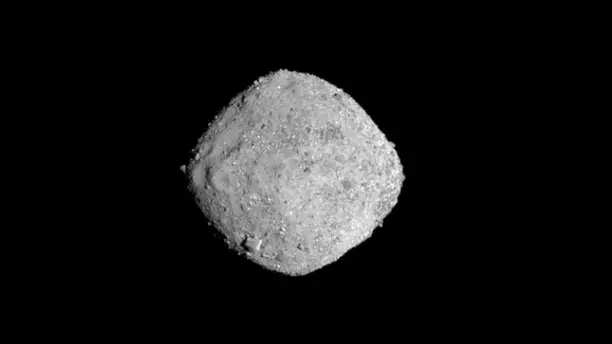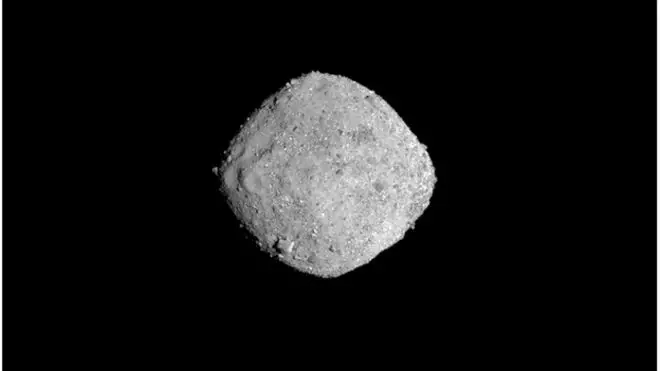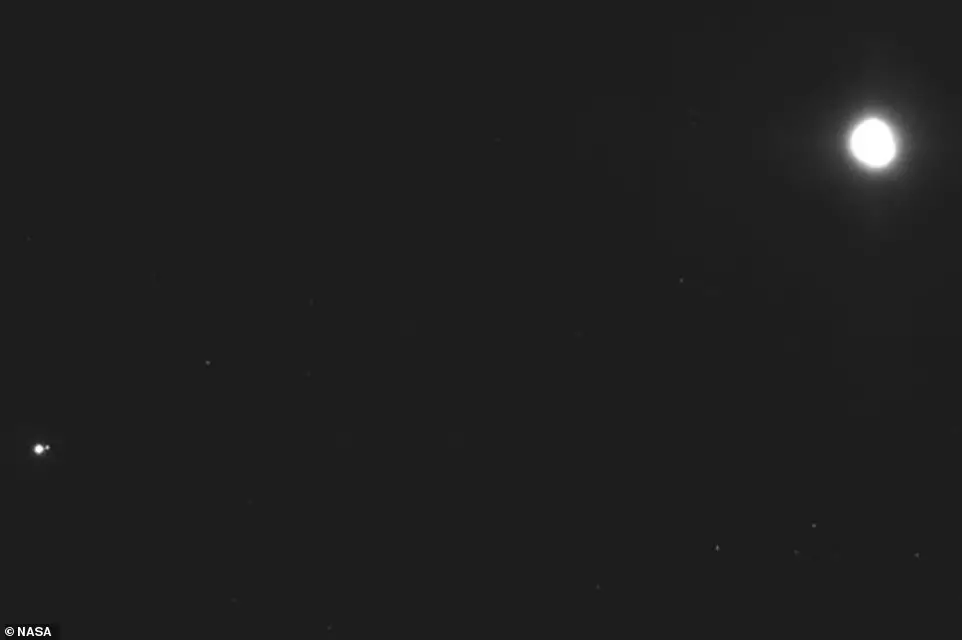
Scientists have warned of the 'dire' consequences we can expect if an 87 million tonne asteroid collided with Earth.
The asteroid, named Bennu, is 500 feet tall and - as mentioned - very, very heavy. So perhaps we shouldn't be too surprised to learn that it's not in our best interests to smash into it.
Advert
Fortunately though, this isn't expected to happen any time soon. The asteroid isn't predicted to fly close to us until the next century, and there is estimated to be about a one in 2,700 chance of collision at the moment... Maybe worth sticking a quid on it?
Still, a century really isn't a long time in the grand scheme of things, and if the worst were to happen the consequences would be 'dire'.

According to the Daily Mail, Kirsten Howley, a physicist at Lawrence Livermore National Laboratory who is part of the planetary defense team, said: "The consequences would be dire.
Advert
"The probability of a Bennu impact may be 1 in 2,700 today, but that will almost certainly change - for better or worse - as we gather more data about its orbit."
Nasa probe, OSIRIS-Rex, is currently orbiting in the asteroid on an observatory mission, with plans to touch down in 2020.
Last week, the space agency shared a picture taken from the probe, which shows the Earth and the Moon appearing like tiny dots in the left of shot, as Bennu looms large to the right.

After landing, the probe will collect samples to bring back to Earth. This is the first ever mission to have such a goal, and it is hoped the samples of the 4.5 billion year old space boulder could offer us an insight into how life began.
Advert
Nasa is developing an anti-asteroid spacecraft called the Hyper-velocity Asteroid Mitigation Mission for Emergency Response, or to use its badass acronym - the HAMMER.
The 'ammer will work by either blowing up asteroids or helping to steer them off course.
Howley said: "The push you need to give it is very small if you deflect the asteroid 50 years out.
"Delay is the greatest enemy of any asteroid deflection mission."
Delays ay - they ruin your rail travel, they ruin your international Skyping experience and they ruin your asteroid deflection missions... They're a complete waste of time if you ask me.
Featured Image Credit: Nasa/University of ArizonaTopics: Science, World News, News